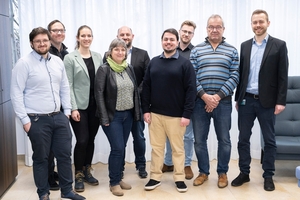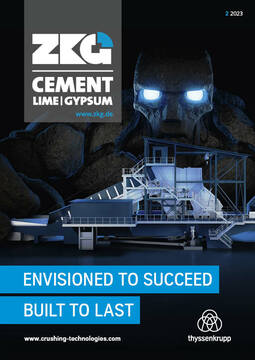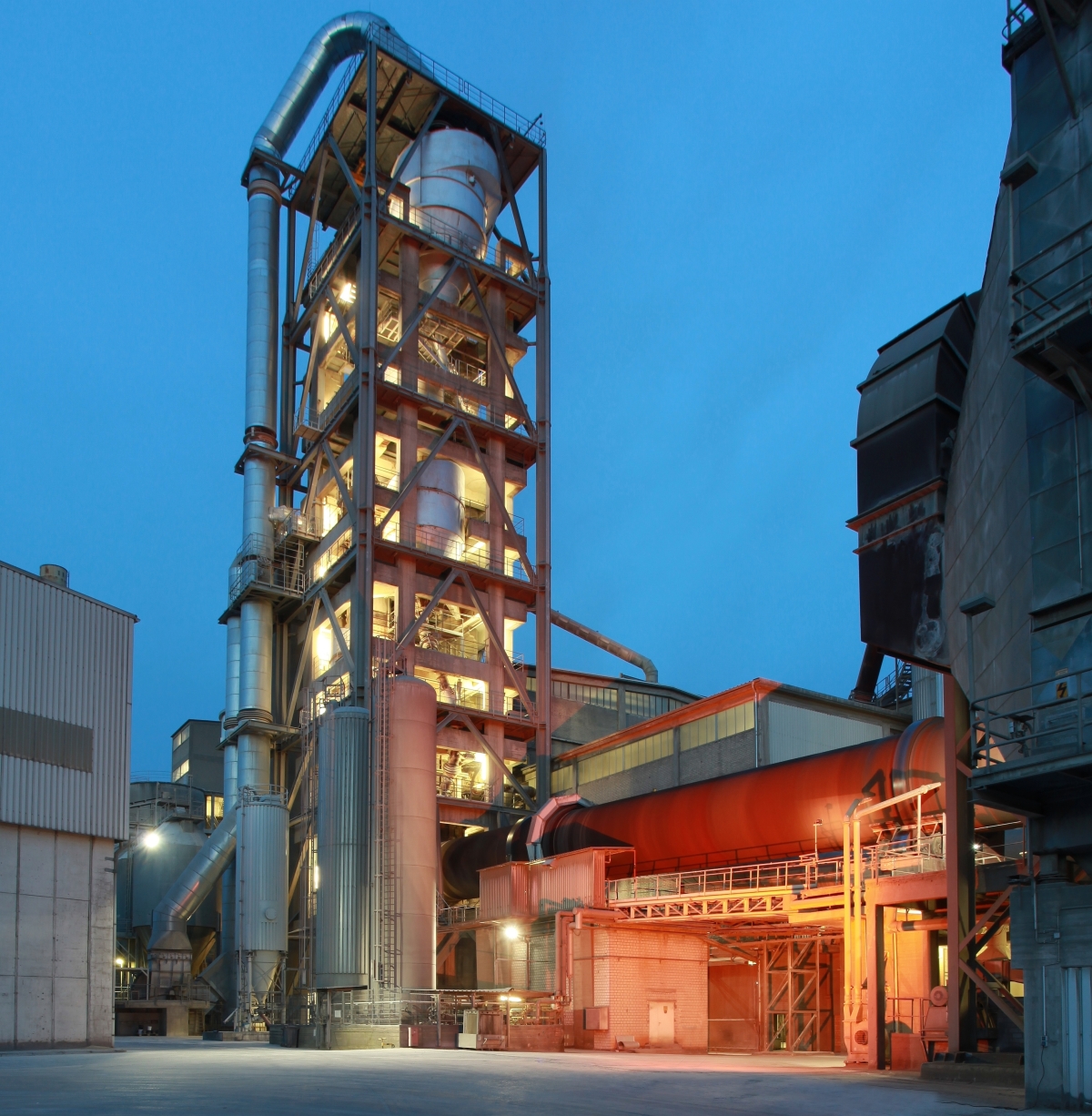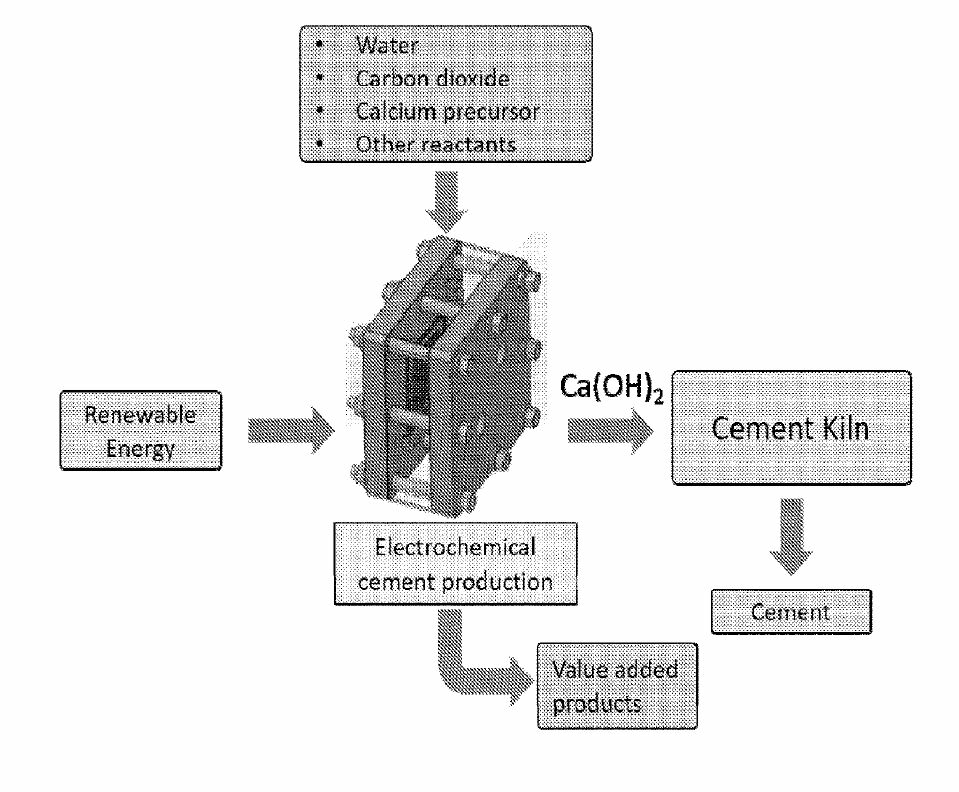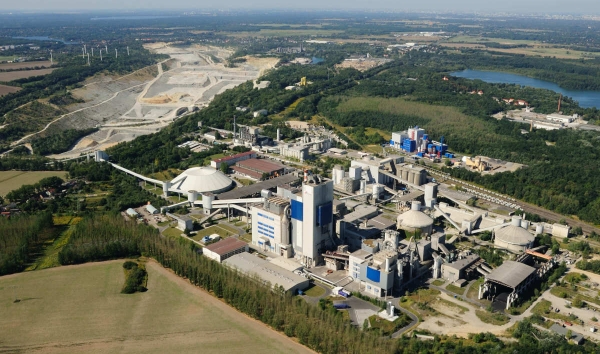Increase the energy efficiency of the electrocatalytic synthesis of ethanol and propanol
Whether it is cement manufacture or steel production, CO2 emissions are a problem in many industries because they cannot be avoided everywhere. But raw materials for the chemical industry can be produced from the greenhouse gas – for example alcohols. Fraunhofer Umsicht, Siemens AG, Mitsubishi Hitachi Power Systems Europe GmbH, the Ruhr-Universität Bochum and the University of Stuttgart have investigated whether and how this electro-catalytic synthesis can succeed. In the project “ElkaSyn – Increasing the Energy Efficiency of Electrocatalytic Alcohol Synthesis”, they have laid the foundation for a one-step process for the electrochemical production of alcohols such as ethanol and propanol.
Until now, concepts for material CO2 utilization have usually involved a two-stage process: The electrolysis process, in which hydrogen is produced using renewable electricity, is followed by the thermocatalytic process step, in which the hydrogen is reacted with CO2 to produce the desired end product. The advantages of a single-stage electrocatalytic process with the reaction partners CO2 and water: “On the one hand, no products need to be stored temporarily, since CO2 and water are converted directly in the electrocatalytic reactor. Compared to other processes, there is no need for the separate production and storage of hydrogen,” explains Umsicht scientist Theresa Jaster. “On the other hand, energy can be saved because the additional step of hydrogen production is eliminated, as are the energy losses associated with this process. It can also avoid further heat, energy or material losses that occur due to the transition between multiple process steps.”
The path to the single-stage process was paved by Fraunhofer Umsicht, Siemens AG, Mitsubishi Hitachi Power Systems Europe GmbH, Ruhr-Universität Bochum and the University of Stuttgart as part of “ElkaSyn”. Among other things, they have tested and modeled various electrolyte systems for the electrochemical CO2 reduction reaction under high-pressure conditions and developed a scalable high-pressure cell for electrochemical CO2 reduction.
Further results:
Simulation of separation processes for the preparation of resulting product mixtures
Synthesis of catalysts such as Cu-containing pentlandites, boron-phosphide-based materials and Cu-Zn catalysts, as well as nanostructured and copper-loaded carbon materials as catalysts
Development and testing of different electrode compositions taking into account properties such as wettability or porosity
Simulation and optimization of the entire process chain, taking heat integration into account, and preparation of a techno-economic analysis of the overall system
In the first step, the catalysts and electrodes were tested under atmospheric conditions. However, there were also first promising tests under high pressure.
The project partners want to build on these successes: “Our collaboration was very intensive and fruitful despite Corona-related limitations. We would like to continue this,” emphasizes Dr.-Ing. Heiko Lohmann from Fraunhofer Umsicht. Therefore, a large part of the final meeting at the end of January 2023 was used to discuss initial ideas for future research and development activities.

